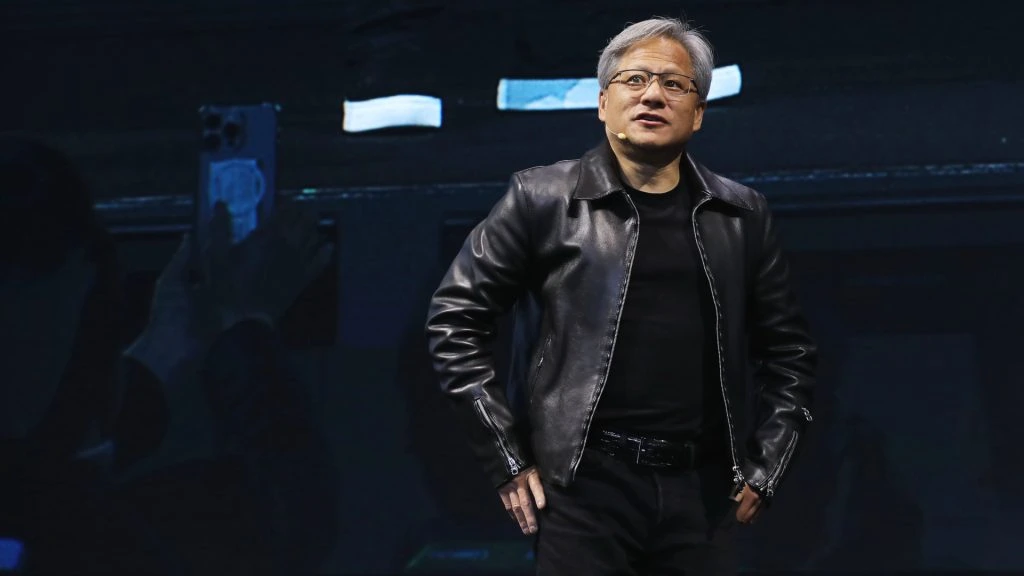Nvidia CEO Jensen Huang is dampening expectations of a quick solution to the problem of AI hallucinations. At an event at the Hong Kong University of Science and Technology, the tech manager explained that the industry is still “several years” away from a reliable solution.
AI hallucinations are the phenomenon in which AI systems generate false information to fill gaps in knowledge. The enormous increase in the demand for computing power for AI applications was discussed during the talk. According to the organizers, this demand is quadrupling every year, leading to a million-fold increase over ten years. This development is also reflected in Nvidia’s stock market value, which has increased 300-fold during this period.
Three phases of AI development
Huang explained the current development of AI based on three core areas:
- Pre-training: He compared this phase to a university course in which the AI builds up knowledge by processing global data. Although this is an “important milestone, it is not enough”.
- Post-training: In this phase, specialization takes place using various techniques such as reinforcement learning with human and AI feedback and synthetic data generation.
- Test time scaling: Huang described this most complex phase as “thinking”. Here, the AI breaks down problems step by step and simulates different solutions.
Despite these advanced stages of development, Huang emphasized that the trustworthiness of AI responses remains a critical problem. “Today, the answers that we have are the best that we can, but we need to get to a point where the answer that you get is not the best that we can provide, and somewhat you still have to decide whether is this hallucinated or not hallucinated, does this make sense, is it sensible or not sensible? We have to get to a point where the answer that you get, you largely trust,” says Huang. He sees the solution in the continuous increase in computing power.
Nvidia’s contribution to the AI revolution
Huang referred to Nvidia’s decisive contribution to AI development: “We have reduced the marginal computing costs by a factor of one million.” This drastic cost reduction has fundamentally changed user behavior and enabled the breakthrough of machine learning.
In response to criticism of the high prices for Nvidia’s AI GPUs, Huang replied with a tongue-in-cheek comment: “Without Nvidia, it would be a million times more expensive. I gave you a million times discount in the last 10 years. It’s practically free!”







